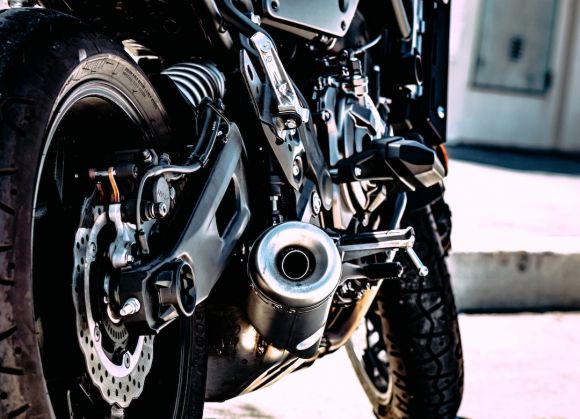The suspension of a motorcycle plays a crucial role in providing a smooth and comfortable ride. It is responsible for absorbing the shocks and vibrations that occur while riding on uneven surfaces. However, choosing the correct suspension settings for your motorcycle can be a daunting task. With so many options available, it can be overwhelming to figure out what works best for your specific riding style and preferences. In this article, we will guide you through the process of selecting the right suspension settings for your motorcycle.
Understanding Suspension Basics
Before diving into the specifics, it’s important to have a basic understanding of how suspension works. The suspension system consists of various components, including springs and dampers, which work together to absorb the impact from bumps and maintain traction. The springs support the weight of the motorcycle and determine how it reacts to bumps, while the dampers control the rate at which the suspension compresses and rebounds.
Consider Your Riding Style
The first step in choosing the correct suspension settings is to consider your riding style. Are you a casual rider who enjoys leisurely cruises on smooth roads, or do you prefer taking your motorcycle off-road and tackling rough terrains? Understanding your riding style will help you determine the type of suspension setup that will suit your needs.
Adjusting the Sag
One of the most important aspects of setting up your suspension is adjusting the sag. Sag refers to the amount the suspension compresses under the weight of the rider. To properly set the sag, start by measuring the distance between the rear axle and a fixed point on the motorcycle while the bike is on a stand. Then, sit on the bike in your riding gear and have someone measure the new distance. The difference between the two measurements is the sag. Ideally, you should aim for around 30-40% sag for the front suspension and 25-35% sag for the rear suspension.
Fine-tuning Compression and Rebound
Once you have set the sag, you can fine-tune the compression and rebound settings to achieve the desired ride quality. Compression refers to the rate at which the suspension compresses when hitting a bump, while rebound refers to the rate at which it returns to its original position. Adjusting these settings can greatly affect how your motorcycle reacts to different road conditions.
To adjust the compression and rebound, start by setting them to the manufacturer’s recommended settings. Then, take your bike for a ride and pay attention to how it handles bumps and corners. If you find that the suspension is too soft and bottoms out easily, increase the compression damping. On the other hand, if the suspension feels too stiff and bounces excessively, decrease the compression damping.
The same applies to rebound damping. If the suspension feels too slow to return to its original position, increase the rebound damping. Conversely, if it returns too quickly and causes the bike to bounce, decrease the rebound damping.
Consulting a Professional
If you are unsure about adjusting your suspension settings or want to achieve optimal performance, it may be worthwhile to consult a professional suspension tuner. These experts have the knowledge and experience to fine-tune your suspension to suit your specific needs. They can also provide valuable advice on suspension upgrades, if necessary.
In conclusion, choosing the correct suspension settings for your motorcycle is crucial for a smooth and comfortable ride. By considering your riding style, adjusting the sag, and fine-tuning the compression and rebound, you can optimize your suspension to suit your needs. Remember, suspension settings can greatly affect the overall performance and handling of your motorcycle, so take the time to experiment and find the setup that works best for you.
